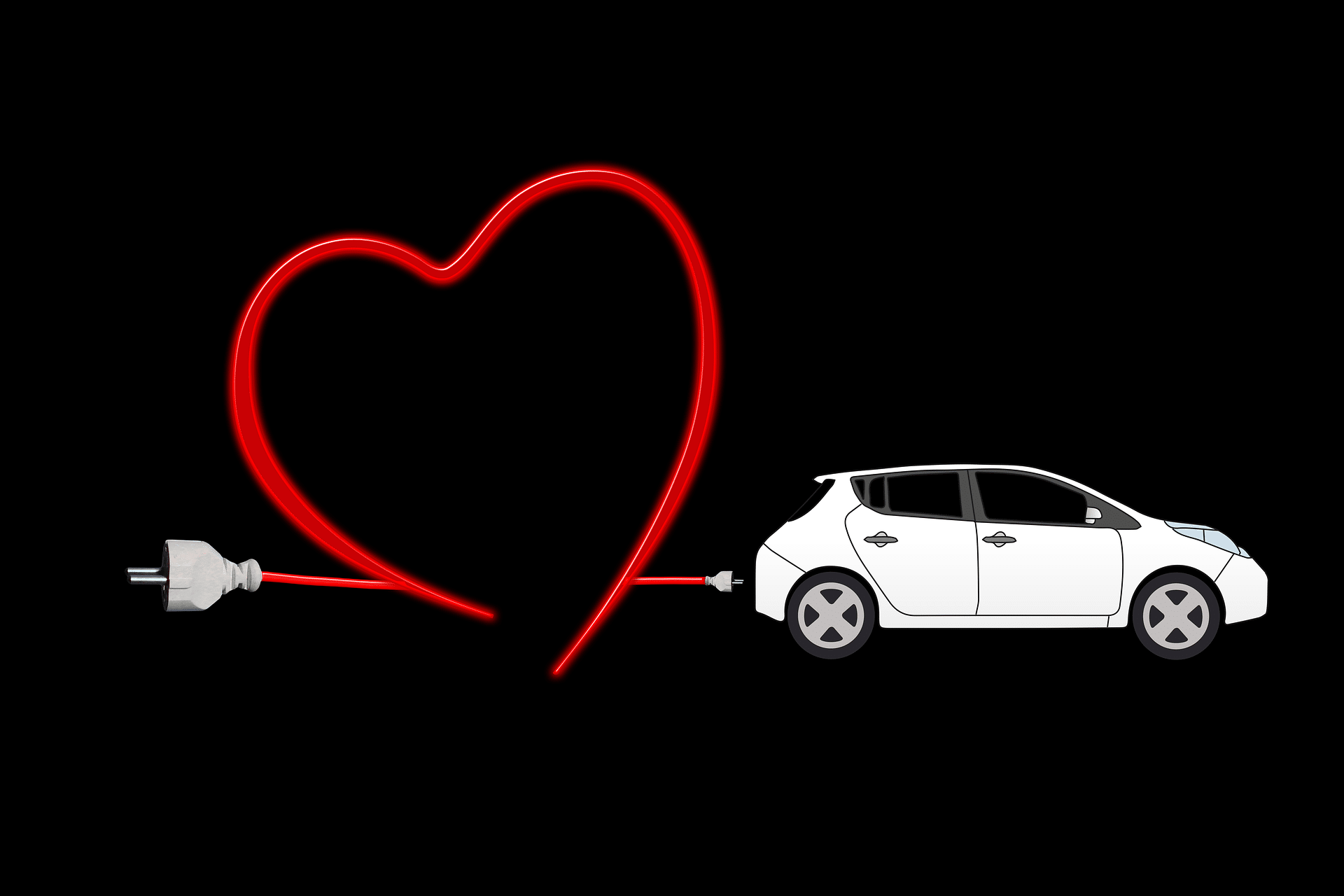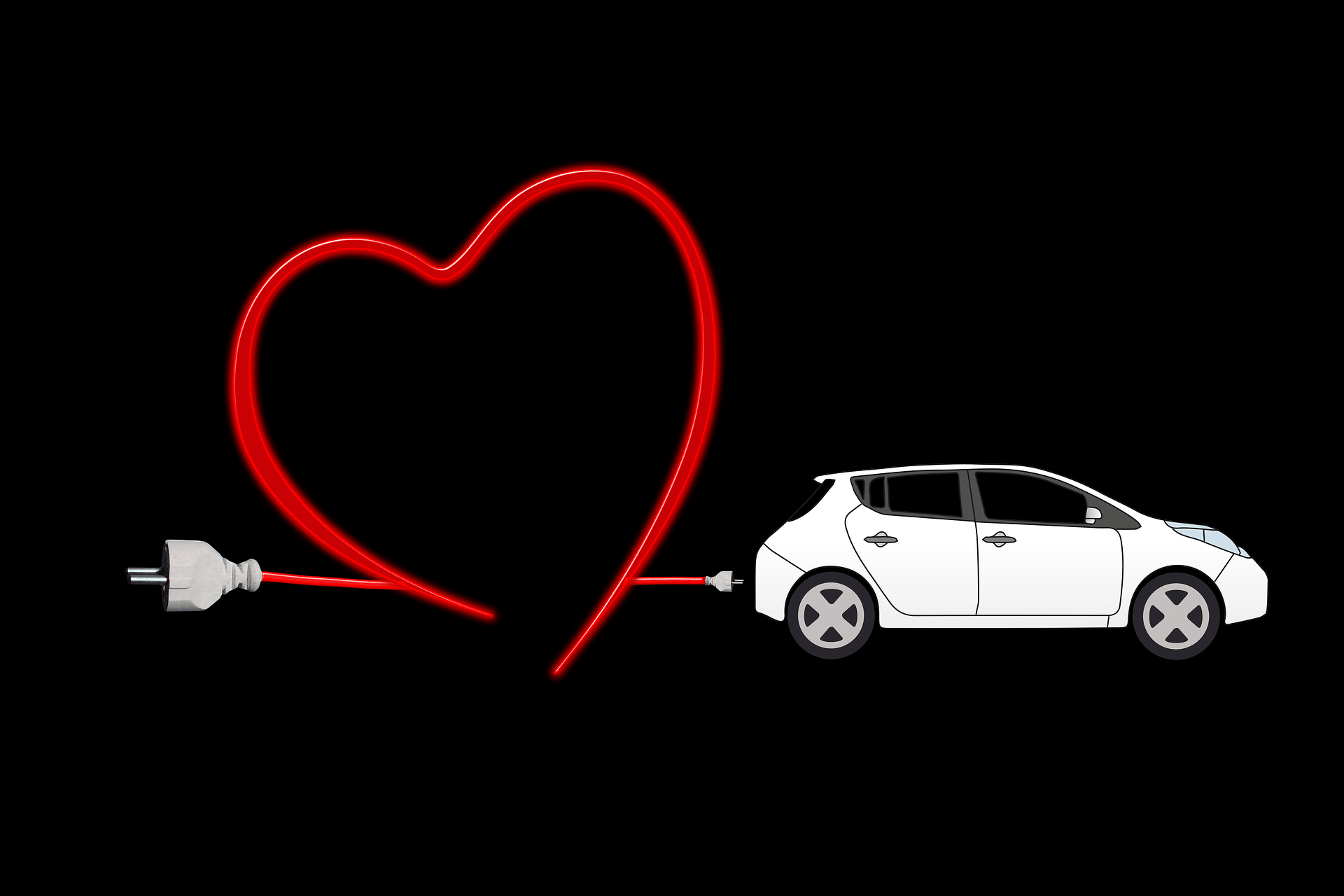US crosses the electric vehicle tipping point for mass adoption.
In the case of electric vehicles, 5% seems to be the point where early adopters are overtaken by mainstream demand. Before that, sales tend to be slow and unpredictable. Subsequently, a rapid acceleration in demand ensues.


The US is the latest to pass a critical EV tipping point: 5% of new car sales are powered only by electricity. Many people of a certain age can recall the first time they held a smartphone. The devices were weird ,and expensive and novel enough to draw a crowd at parties. Then, less than a decade later, it became unusual not to own one.
That same society-altering shift is happening now with electric vehicles, according to a Bloomberg analysis of adoption rates worldwide. The US is the latest to pass a critical EV tipping point: 5% of new car sales are powered only by electricity. According to the analysis, this threshold signals the start of mass EV adoption, the period when technological preferences rapidly flip.
In the case of electric vehicles, 5% seems to be the point where early adopters are overtaken by mainstream demand. Before that, sales tend to be slow and unpredictable. Subsequently, a rapid acceleration in demand ensues.
For the past six months, the US joined Europe and China in moving beyond the 5 percent tipping point. If the US follows the trend established by 18 countries before, a quarter of new car sales could be electric by the end of 2025. That would be a year or two ahead of most major forecasts.
Why is 5 per cent so important?
Most successful new technologies – electricity, televisions, mobile phones, the internet, even LED lightbulbs – follow an S-shaped adoption curve. Sales move at a crawl in the early-adopter phase, then surprisingly quickly once things go mainstream. (The top of the S curve represents the last holdouts who refuse to give up their old flip phones.)
In the case of electric vehicles, 5 per cent seems to be the point when early adopters are overtaken by mainstream demand. Before then, sales tend to be slow and unpredictable. Afterward, rapidly accelerating demand ensues. It makes sense that countries around the world follow similar patterns of EV adoption. Most barriers are universal: there aren’t enough public charging stations, cars are expensive and in limited supply, buyers don’t know much about them. Once the road has been paved for the first 5 percent, the masses soon follow.
Thus the adoption curve followed by South Korea starting in 2021 looks a lot like the one taken by China in 2018, which is similar to Norway after its first 5 per cent quarter in 2013. The major car markets approaching the tipping point this year include Canada, Australia, and Spain.
Is the global transition to electric vehicles inevitable?
Until now, 90% of global electric vehicle sales have come from the United States, China and Europe. This means that the countries responsible for around a third of annual global auto sales have not passed the tipping point. None of the countries in Latin America, Africa or Southeast Asia have taken the plunge. If so, it is uncertain whether global mining companies will be able to meet the demand for battery metals.
Yet global electric vehicle sales have tripled in the past two years, according to the International Energy Agency. All of the net growth in global car sales in 2021 has come from electric cars, and it’s a trend that BloobmergNEF predicts will continue indefinitely. This year could be the high point for vehicles on the road without a plug.
Applying the tipping point analysis to the entire world, the share of fully electric vehicles worldwide exceeded 5% for the first time last year. Including plug-in hybrids, the 10% tipping point will be exceeded later this year. If the trends are confirmed, we can expect an acceleration in demand.
Source:
i) Bloomberg
ii) Tom Randall (2022) US crosses the EV tipping point for mass adoption.




